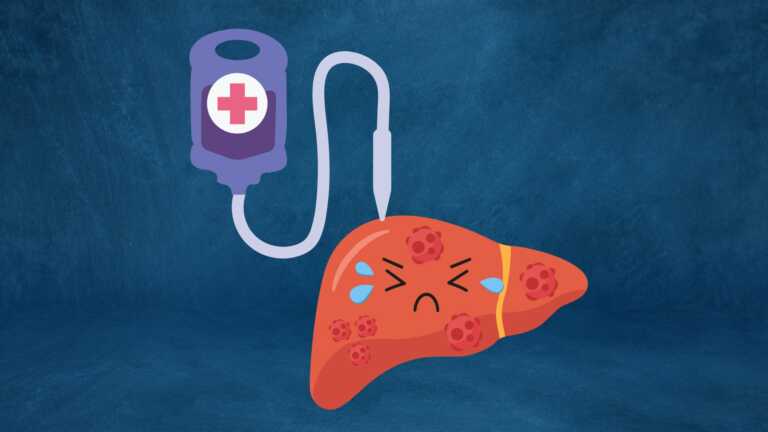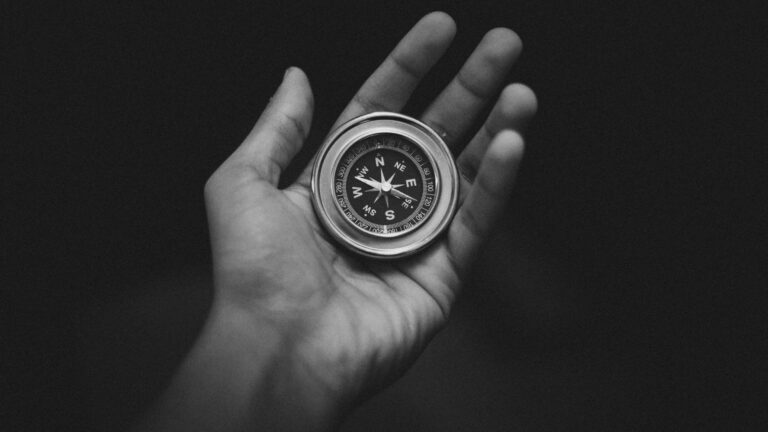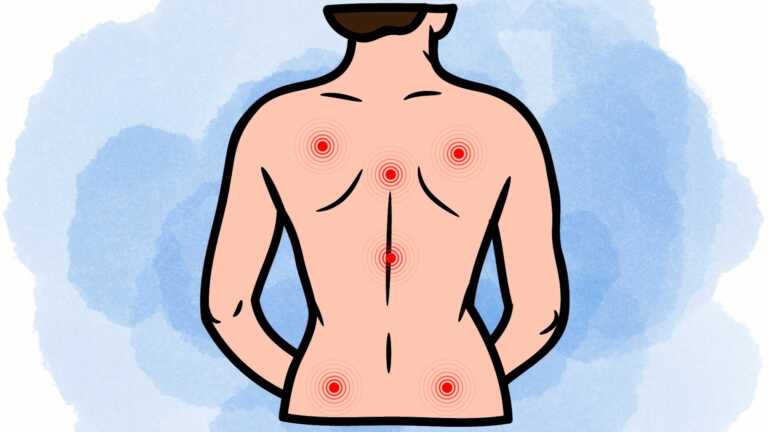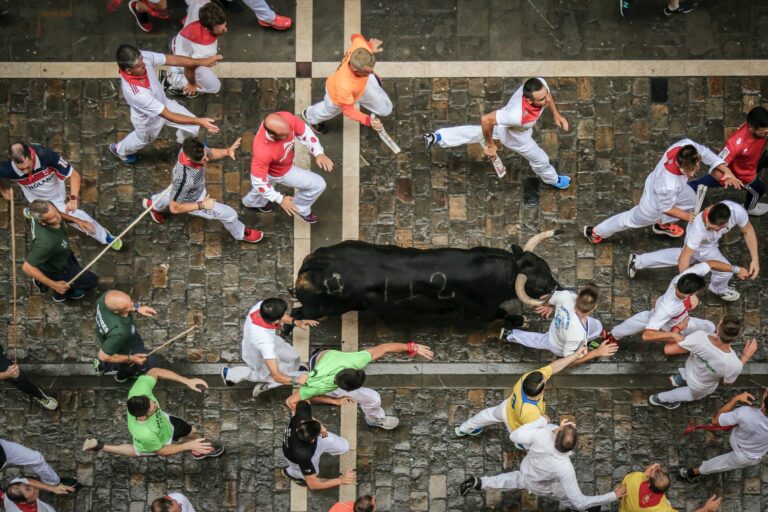Stepping into the late afternoon sun from the cancer centre, I can almost instantly feel my skin’s sensitivity to the heat. In the time it takes Shannon to pull the van around, I already feel discomfort.
I’ve just wrapped my fifteenth treatment session—my third since restarting—and some things just don’t change. I still have the remnants of a minor sunburn from our vacation to Curacao at the end of March.
Although beautiful, the sunshine is no friend of mine.
My time outdoors is limited to short jaunts, covered in sunscreen and UV-protective clothing. If you didn’t know what kind of cancer I was living with, you might think it was skin cancer based on my fashion alone.
Clamminess follows me around for a couple of days after receiving treatment. Combined with the heat, it feels terrible.
This is how things will be for a while. Maybe forever.
It’s how it is three cycles into my new treatment, anyways.
New poisons, new results
For ease of communication, I’ve been referring to my treatment as chemotherapy, however, there’s more to it than that.
We’ve been able to introduce a monoclonal antibody called bevacizumab (Avastin) which inhibits the growth of certain blood vessels, starving the cancer from its much needed nutrition. I receive this on top of the FOLFIRI chemotherapy in an effort to shrink or stabilize the metastases in my liver.
Like many treatments for cancer, this combination kills indiscriminately. Victims in the fight for the greater good, my healthy cells are culled along with the cancer, leaving me with some interesting side effects.
Spicy foods are on the chopping block as even the most mild of salsas causes an almost immutable burning sensation on my tongue and gums. A sad day for a man who loves Thai, Indian, and Mexican flavours, but it’s best to not poke the bear.
I must also be hypervigilant of blood clots—especially in my lungs—so there’s a degree of body scanning that occurs in the background as I navigate my days. It’s not a fear, per se, but it’s an important part of my daily check-in with myself.
I’ve started methodically entering my daily symptoms into an app so that I can accurately trend the things causing me grief.
Nausea has been one of those things this time around. On Thursday, for the first time since my diagnosis, I slept with a puke bucket by the bed.
I’m adjusting to a new anti-nausea medication that does seem to be working effectively without knocking me out. My hope is that it continues to be effective so that I have less disruption throughout my days.
Fatigued to my core, it seems as if this will be the most debilitating side effect once again. It’s important not to sleep away the days for many reasons, but I am ensuring that I save some time in the afternoon for a siesta so that I can try and maintain a regular nighttime sleep schedule.
So far, so good. I’m keeping working hours by waking at 7:30 and crawling into bed by 22:00.
The main difference between how I’m feeling through this treatment and the first six months worth is that I don’t have cold sensitivity like I did through the first twelve cycles.
This is all well and good, but I’m sure people want to know what’s in the cards over the next bit.
What’s the plan, anyways?
The most noteworthy update is that I’ll be undergoing a battery of diagnostic imaging the week of July 10th to take a snapshot of how my cancer has been responding to my current treatment. Sooner than expected.
We’ll be checking for a few things:
- Has it shrunk or is it stable?
- Are there new metastases beyond the liver?
- Has my liver become operable?
- Am I a candidate for an implanted Hepatic Arterial Infusion (HAI) pump that would deliver chemotherapy directly to the liver?
The final item is about checking the anatomy of my liver more so than anything else.
I’ll be travelling to Toronto on July 24th for in-person consultations with two more doctors at Sunnybrook Hospital—colleagues in the HAI pump program—to discuss that option with the most current information at hand. This will comprise a medical oncologist and a hepatobiliary surgeon.
We’re getting into areas of care where there’s simply no turning back.
I also have a follow-up with the liver transplant surgeon at Toronto General on June 28th, where we’ll go over some additional information that may help guide treatment.
At this point, I am working hard to coordinate care between six different doctors across three hospitals and two cities.
It’s a lot to keep track of, but I hope that it reassures you as much as it does me that there are a lot of smart people in my corner trying to get me healthy.
Health comes at a cost, of course, and the kid gloves must come off. It’s time to make some lasting decisions and tradeoffs. As the saying goes: dying is easy. It’s living that’s hard!
Permanent consequences
Soon I’ll have to make some more difficult decisions regarding my cancer care. We’re coming to the point where opening one door and stepping through means that you’re stuck in that particular corridor, unable to return to the lobby for a do-over.
I have options. More than many people, in fact. But certain conditions avail specific options while closing off other ones.
I’ll try my best to explain. I tried to flowchart it but my brain couldn’t handle it today.
If treatment IS working and my liver IS operable.
We’ll move forward with a liver resection followed by more clean up chemotherapy, before moving back into watch and wait protocol to see if it crops back up.
This will disqualify me from transplant, but that’s by design: transplant is only available when the liver is unresectable.
It will also disqualify me from receiving an HAI pump as my liver won’t be able to handle it after resection.
This is the most straightforward option and would be considered standard of care. It could be curative, if I’m lucky.
If treatment IS working, my liver IS NOT operable, and I AM eligible for the HAI pump.
We’ll have to determine the benefit of adding the HAI pump if treatment is working.
This would continue to allow us to work toward a live-donor liver transplant, however the pump may be overkill and unnecessary, introducing risk that I don’t need as we work toward transplant.
Liver transplant is difficult enough without having to work around a latticework of pump lines. Transplant would be considered curative.
If treatment IS working, my liver IS NOT operable, and I’m NOT eligible for a HAI pump.
We stay the course with my current treatment and work toward transplant without the HAI pump providing a complementary avenue of treatment. Transplant would be considered curative.
If treatment is NOT working, my liver IS NOT operable, and I AM eligible for the HAI pump.
We’ll determine if the HAI pump would offer benefit in combination with a different treatment regimen than I’m currently taking. This would be life-prolonging and not curative.
If treatment is NOT working and I’m NOT eligible for a HAI pump.
I’ll have to explore additional chemotherapies and combinations to attempt to control the growth or spread. This, again, would be life-prolonging and not curative.
A lot to think about
So, I’ve got my work cut out for me. There are multiple appointments in my future to work out the best course of action.
I realize that anything above isn’t so cut and dry. We’re into areas of treatment that are nontraditional, difficult to access, and that come with no promises.
At the very least, I plan to do my utmost to enjoy the days that I don’t feel like a garbage truck full of dogshit.
Sharing is caring
I’ll keep folks posted as I know what’s up. I think the biggest change is gaining insight into the performance of my current treatment about a month sooner than expected.
This is both good and terrifying.
Either way, it’ll be good to know.








